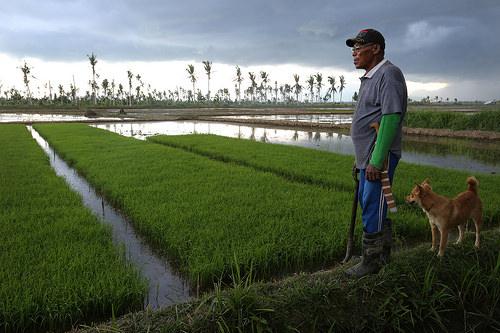
Published on:
Country:
* World Bank announces $1.7 million funding for program * Designed to insure against hurricanes like Sandy in 2012 By Susana Ferreira PORT-AU-PRINCE, Haiti, Jan 29 (Reuters) - When Hurricane Sandy struck Haiti late last year, the home Guerda Pierre shares with her three children and mother in Cabaret, north of Port-au-Prince, was flooded - and so was the merchandise she sold to make a living. "The books, the food, everything was wet after Sandy," said Pierre. The plantain plants and beans in her garden were also destroyed. But unlike the majority of Haitians, Pierre had an insurance policy.
